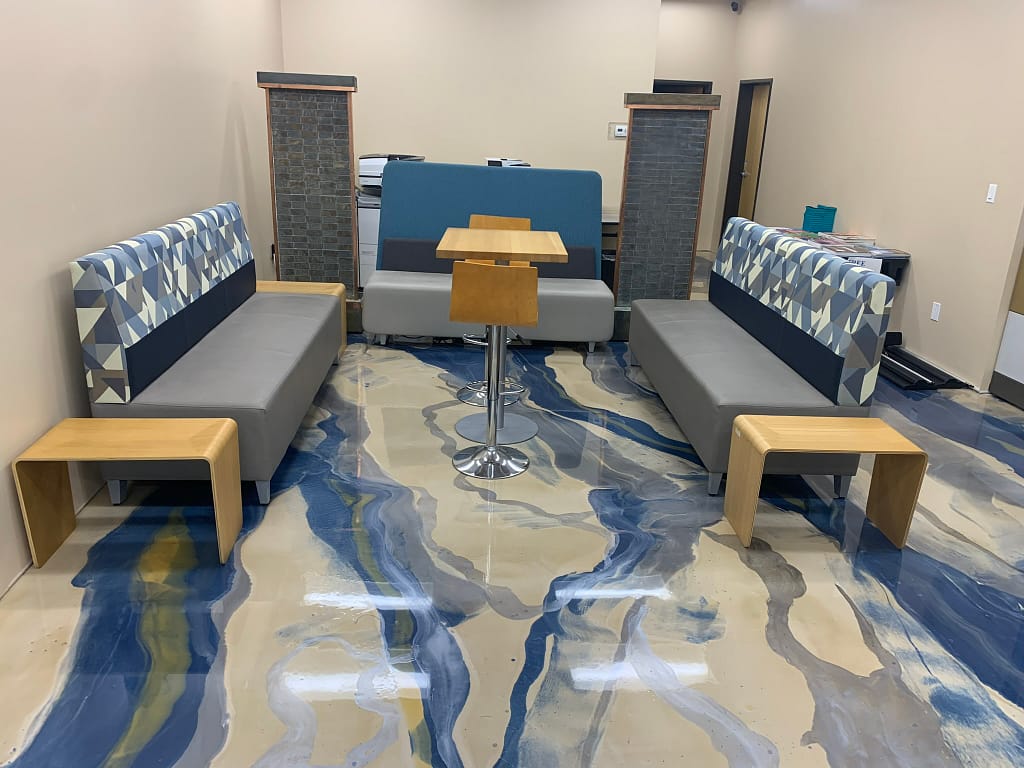New Year, But What IS New?: Modern and Contemporary Design Styles
Design continually unfolds with trends and philosophies that shape the way we perceive and interact with our surroundings. Two terms often intertwined yet inherently distinct in their essence are “modern” and “contemporary” design styles. While they may seem interchangeable at first glance, delving deeper reveals a fascinating contrast between the two.
Modern design, born from the early to mid-20th century (spanning roughly from the 1920s to the 1950s), emerged as a revolutionary departure from the ornate and embellished styles preceding it. Championing simplicity, functionality, and minimalism, modern design embodied a movement that prioritized clean lines, open spaces, and a rejection of excessive ornamentation. The likes of Ludwig Mies van der Rohe, Le Corbusier, and Charles and Ray Eames exemplified this iconic era, showcasing designs rooted in geometric shapes, asymmetry, and the innovative use of materials like steel, glass, and concrete.
In stark contrast, contemporary design encapsulates the ongoing trends and vogues of the present moment. It’s a style that defies a singular definition, drawing inspiration from various periods and embracing a fusion of influences. Unlike modern design, which encapsulates a distinct historical period, contemporary design is ever-evolving, reflecting the spirit of the times while integrating elements of innovation, functionality, and sustainability. Neutral color palettes, clean lines, and a sense of simplicity remain foundational aspects, but contemporary design ventures into bold experimentation with colors, textures, and unconventional materials. Its adaptability and flexibility enable a canvas for personal expression, incorporating new technologies and eco-friendly materials while fostering a dynamic and eclectic aesthetic.
The core distinction lies in their origins and fundamental principles. Modern design represents a specific era, marked by its response to the ornamental excesses of the past and its emphasis on clean, functional forms. On the other hand, contemporary design transcends temporal boundaries, encapsulating the spirit of the present and embracing an amalgamation of diverse influences, paving the way for continual innovation and evolution.
In practice, understanding these differences allows for a more nuanced appreciation of design aesthetics in various contexts. Spaces adorned with modern design exude a timeless elegance, characterized by sleek lines, minimalism, and a sense of purpose in every element. Meanwhile, contemporary spaces are a celebration of the eclectic, combining elements from different eras and styles to create a vibrant, ever-changing ambiance that reflects the current zeitgeist.
Ultimately, whether one’s inclination leans towards the enduring allure of modern design or the ever-shifting landscape of contemporary design, both styles offer a canvas for creative expression and a testament to the evolving nature of human taste and innovation.
As the design world continues to evolve, the distinction between these two styles remains a testament to the rich tapestry of influences that shape our built environments, showcasing the transformative power of design to evoke emotions, inspire creativity, and redefine our relationship with the spaces we inhabit.


